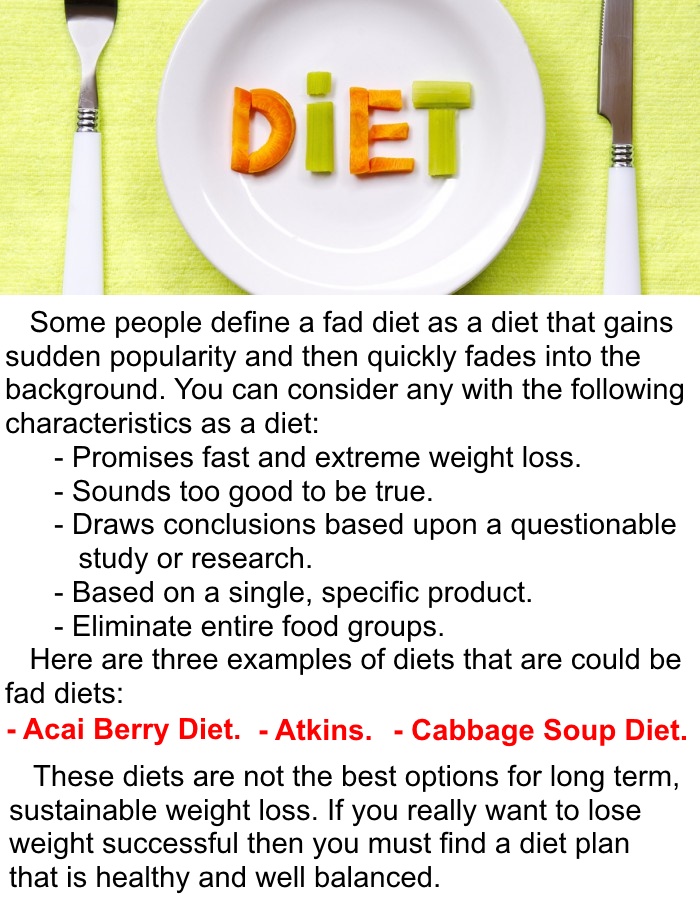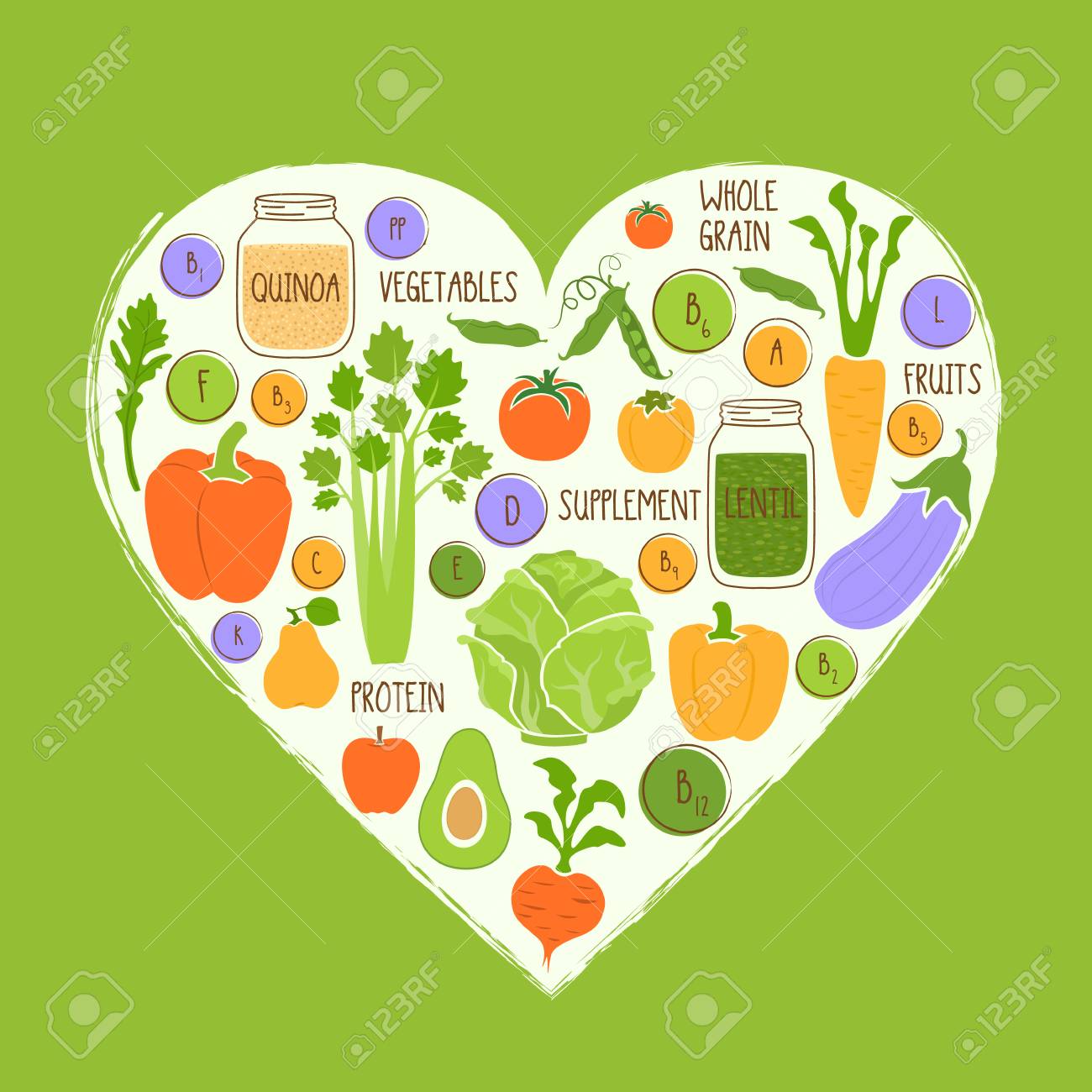
One of the best ways to get your kids eating healthy is to involve them in the cooking process. Let them choose the fruits or vegetables they prefer. Offer them different types of vegetables to find out which one they prefer. You can start a healthy eating pattern by listening to their feedback. Drink plenty of water to ensure they feel energized throughout the day. They will be more inclined to follow a healthy diet if they are involved in making their favorite foods.
Children don’t like bland foods. Children don't like bland foods. Most of their favorite foods contain lots of salt, sugar, fat. This flavor boost is what allows children to discover delicious tastes. Fresh fruits and vegetables, on the other hand, don't offer that kind of sensation. Parents can switch from high-calorie snacks and meals to low-calorie fruit-based snacks and meals. This will make it easier for them. Parents don't have to limit their snack choices. They can substitute unhealthy snacks with healthier alternatives.

Changing their food habits can take time. Although it is possible to eat many foods and make many smoothies, it is best to be specific about what your child needs. A healthy diet can have a significant impact on a child’s development. This is something that many adults don’t know. A healthy diet can help children manage mental illness symptoms and regain control.
Your parents can be a great example for your children to follow in their footsteps. If they have the opportunity to try healthy foods, they will naturally be drawn to them. Even if they only consume one to two servings of fruits or vegetables per day, their bodies will mimic yours. You should also remember that children will emulate their parents' eating habits.
As soon as possible, children should be exposed to fruits and vegetables. Young children might enjoy a banana with almond butter on it, or frozen berries in coconut yogurt without sugar. The combination of fruit and vegetables is also an excellent way to satisfy your child's sweet tooth and stay healthy. As they grow up, their taste buds will expand and they will love these foods just as much as junk food. It is crucial to select the right foods for your child's age.

Consider the nutritional content of food you are choosing for your child. Avoid highly processed and sugary foods when you are choosing food for your kids. These items will not only be harmful for their health, but also make it more difficult for them to maintain a healthy lifestyle. Try giving your child small samples so they can try new foods. If they don’t love something, they will soon get used to it and be more inclined to try it again.
FAQ
Exercise: Good or bad for immunity?
Your immune system is strengthened by exercise. Your body creates white blood cells when you exercise that fight infection. You also get rid of toxins from your body. Exercise can help prevent heart disease and cancer. Exercise can help reduce stress.
Exercising too frequently can make your immune system weaker. When you exercise too hard, your muscles will become sore. This causes inflammation, swelling, and can even lead to death. In order to fight infection, your body must produce more antibodies. However, these antibodies can also cause allergic reactions and autoimmune diseases.
So, don't overdo it!
What is the problem?
BMI is the acronym for Body Mass Index. It measures body fat based upon height and weight. Here is how to calculate BMI using the following formula.
Weight in kilograms divided with height in meters.
The result is expressed in a number between 0 - 25. A score of 18.5+ indicates that you are overweight. A score higher than 23 indicates that you are obese.
A person of 100 kg with a height of 1.75m will have 22 BMI.
Here are five ways to lead a healthy lifestyle.
Living a healthy lifestyle involves eating right and exercising regularly. You should avoid processed foods, sugar, or unhealthy fats. Exercise is good for your body and muscles. Sleeping enough can improve memory and concentration. Managing stress reduces anxiety and depression. And finally, having fun keeps us young and vibrant.
What is the best diet for me?
The best diet for you depends on several factors, like your age, gender, weight, health conditions, and lifestyle habits. Consider how much energy and low-calorie foods you consume, as well as whether or not you are a fan of fruits and vegetables.
Intermittent Fasting is an alternative to traditional fasting if you are looking to lose weight. Intermittent fasting involves consuming only specific meals throughout the day, rather than having three large meals. This might be better for you than traditional diets, which have daily calorie counts.
Studies have shown that intermittent fasting can improve insulin sensitivity and decrease inflammation. This could lead to improved blood sugar levels, and a lower risk of developing diabetes. Some research also suggests that intermittent fasting might promote fat loss, and improve overall body composition.
How does an antibiotic work?
Antibiotics can be used to kill bacteria. Antibiotics are used for treating bacterial infections. There are many types and brands of antibiotics. Some are administered topically, while others can be taken orally.
People who have been infected with certain germs may need antibiotics. To prevent shingles, an oral antibiotic may be prescribed to someone who has had chicken pox. Or, if someone has had strep throat, he or she might receive an injection of penicillin to help prevent pneumonia.
If antibiotics are to be administered to children, they must be prescribed by a doctor. Children are at greater risk of developing side effects from antibiotics than adults.
Diarrhea, the most common side-effect of antibiotics, is probably diarrhea. Other side effects possible include dizziness, nausea, vomiting, stomach cramps, dizziness and allergic reactions. These side effects usually disappear once treatment has ended.
How can I get enough vitamins
You can get most of the daily nutrients you need through your diet. Supplements may be necessary if you are not getting enough of a particular vitamin. Multivitamin supplements can be taken that contain all the vitamins you need. Or you can buy individual vitamins from your local drugstore.
Talk to your doctor to find out which foods are rich in vitamins. For example, dark green leafy vegetables such as spinach, broccoli, kale, collard greens, turnip greens, mustard greens, bok choy, romaine lettuce, arugula, and Swiss chard are rich in vitamins K and E. Other good sources include oranges, tomatoes, strawberries, cantaloupe, carrots, sweet potatoes, pumpkin, and squash.
Ask your doctor if there is any doubt about how much vitamin you should be taking. Your medical history and current health will help you determine the best dosage.
Why should we have a healthy lifestyle to begin with?
Healthy living can lead to a longer, more fulfilling life. A healthy diet, regular exercise and good sleep habits will prevent the development of diseases such as heart disease, stroke, cancer, diabetes, and Alzheimer's.
A healthy lifestyle helps us cope better when we are faced with everyday stresses. Having a healthy lifestyle will also boost our self confidence and help us look and feel younger.
Statistics
- The Dietary Guidelines for Americans recommend keeping added sugar intake below 10% of your daily calorie intake, while the World Health Organization recommends slashing added sugars to 5% or less of your daily calories for optimal health (59Trusted (healthline.com)
- WHO recommends consuming less than 5% of total energy intake for additional health benefits. (who.int)
- This article received 11 testimonials and 86% of readers who voted found it helpful, earning it our reader-approved status. (wikihow.com)
- WHO recommends reducing saturated fats to less than 10% of total energy intake; reducing trans-fats to less than 1% of total energy intake; and replacing both saturated fats and trans-fats to unsaturated fats. (who.int)
External Links
How To
What does "vitamin" actually mean?
Vitamins are organic compounds found naturally in food. Vitamins are essential for our bodies to absorb nutrients from the foods we eat. Vitamins cannot come from the body so food must provide them.
There are two types if vitamins: water soluble, and fat soluble. Water soluble vitamins dissolve easily in water. Examples include vitamin C,B1 (thiamine), B2 (riboflavin), B3 (niacin), B6 (pyridoxine), folic acid, biotin, pantothenic acid, and choline. Fat soluble vitamins are stored in the liver and fatty tissue. Vitamin D, E, K and A are some examples.
Vitamins are classified according their biological activity. There are eight main groups of vitamins.
-
A – Essential for normal growth, and the maintenance of good health.
-
C - vital for proper nerve function, and energy production.
-
D - Essential for healthy teeth and bones.
-
E is necessary for good vision, reproduction.
-
K - Essential for healthy muscles and nerves.
-
P - vital for building strong bones andteeth.
-
Q - aids digestion and absorption of iron.
-
R is required for the production of red blood cells.
The recommended daily allowance (RDA) of vitamins varies depending on age, gender, and physical condition. RDA values are set by the U.S. Food and Drug Administration (FDA).
For adults over 19 years, the RDA is 400 mg per day for vitamin A. For fetal development, pregnant women need 600 mg per day. Children ages 1-8 require 900 micrograms per day. For infants younger than one year, 700 micrograms are required daily. However, this number drops to 500 micrograms each day for children aged 9-12 months.
Children aged 1-18 years need 800 micrograms daily, while children overweight require 1000 micrograms per days. Children who are severely obese or underweight will need 1200 micrograms each day.
Children 4-8 years old who have anemia must consume 2200 micrograms of Vitamin C daily.
2000 micrograms is the minimum daily intake for adults over 50 years old to maintain good health. Mothers who are pregnant, nursing, or have a high nutrient need will require 3000 micrograms a day.
1500 micrograms is the recommended daily intake for adults aged 70+, who lose approximately 10% of muscle each year.
Women who have been pregnant or are lactating require more than the RDA. Pregnant women need 4000 micrograms per dayduring pregnancy and 2500 micrograms per day after delivery. Breastfeeding moms need 5000 micrograms each day when breastmilk production occurs.